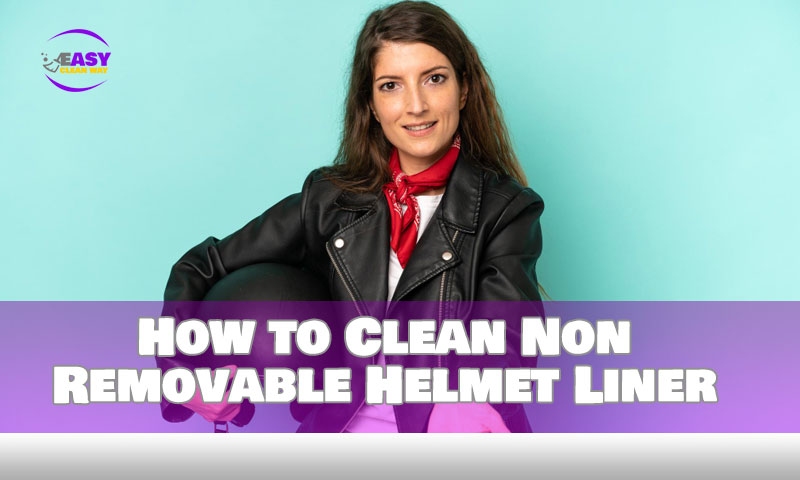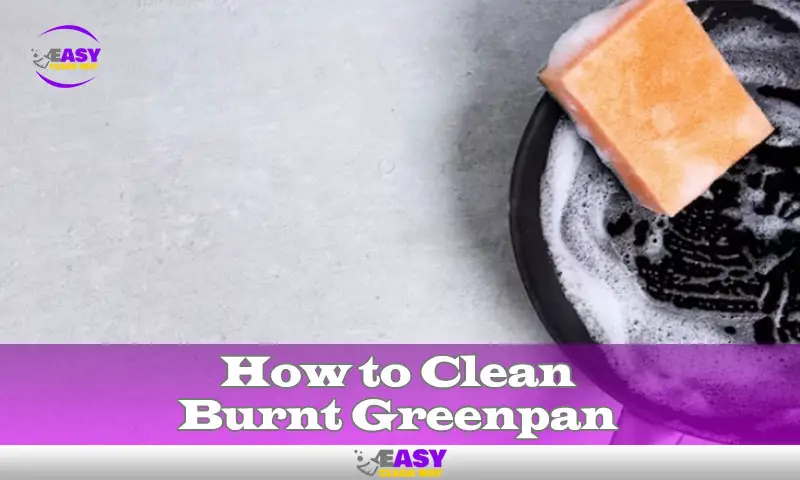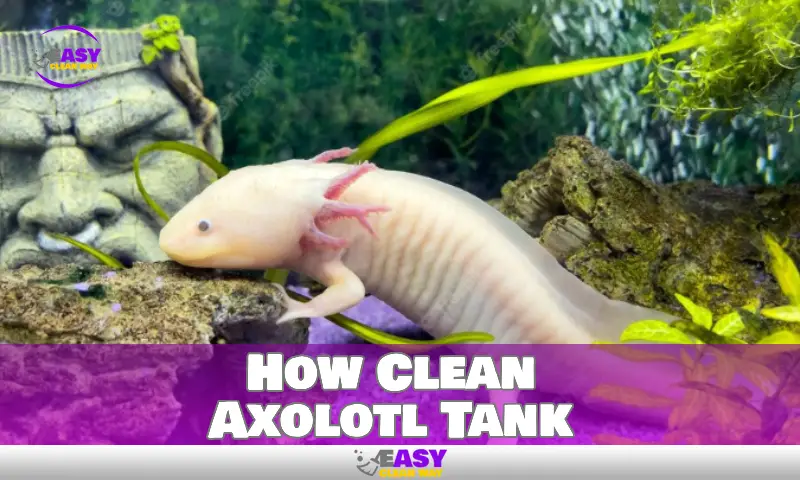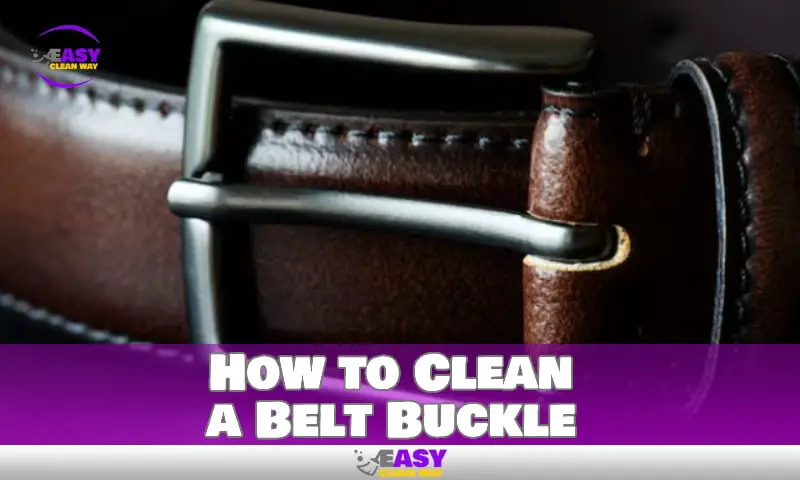
Cleaning your non-removable helmet liner is essential for your safety and comfort when riding. Properly maintaining the liner of your helmet will help keep it in top condition and ensure that it provides you with the highest level of protection against impact.
It can be tricky to clean a non-removable helmet liner since most helmets now have interior foam, mesh, or other materials that are more difficult to access and clean. But if you follow the right steps, you can make sure that your helmet liner is properly cleaned and maintained.
In this blog post, we’ll discuss the best way to clean a non-removable helmet liner. We’ll cover all the steps involved, from determining what type of material your helmet liner is made from to cleaning and sanitizing it properly. We’ll also provide tips on how to maintain your helmet liner so it stays in top condition for years to come.
Pre-Cleaning Checklist for Non Removable Helmet Liner
Cleaning a non-removable helmet liner is not as straightforward as cleaning a helmet with removable pads. Therefore, it’s important to make sure you go through a few important steps when prepping your helmet for cleaning.
First, look inside the liner for any debris or loose objects that might need to be manually removed. Make sure you are using the right cleaning solution and technique by consulting the manufacturer’s instructions as well.
Secondly, prior to beginning your cleaning procedure, take off any straps or any accessories from the liner. Also, never immerse or soak your helmet in water. Instead, it’s best to hand wash the padding with cold water and mild soap. Finally, to clean the helmet, use gentle soap and water or a diluted bleach solution (1 part bleach to 10 parts water). Avoid using abrasive cleaners, vinegar, or citrus-based products because they might harm the padding and surface of your helmet.
What You Need to Clean Non Removable Helmet Liner
When it comes to cleaning your helmet liner, you’re going to need to exercise a bit of caution. Although many liners can be removed from the helmet and washed in a machine, non-removable liners cannot and must be hand washed.
That being said, here’s what you’ll need for proper cleaning:
- A mild cleaning solution – this should be a mixture of cold water and mild soap, such as shampoo or dishwashing liquid.
- A small brush – this should be used to scrub away any dirt or grime.
- A soft cloth – This should be used to wipe away excess water after washing.
Make sure that when you’re mixing up your cleaning solution, that it is cold water only as hot water can damage the liner material. And make sure to thoroughly rinse all soap residue off before allowing the liner to dry completely.
Step-by-Step Guide to Clean Non Removable Helmet Liner
Cleaning your helmet liner can be done quickly and easily. Here are the steps you need to follow:
- Prepare Your Solution – Fill a bucket with cold water and a mild cleaning solution like dish soap or laundry detergent. If you prefer, you can use a diluted bleach solution for even more thorough cleaning.
- Apply the Cleaning Solution – Dip a soft cloth or sponge into the cleaning solution and gently scrub the helmet liner. Make sure to scrub in small circles, being careful not to damage the material.
- Rinse and Dry – After you’ve finished scrubbing, rinse the helmet liner off with clean water and allow it to air dry completely before putting it back on your head. Alternatively, you can use a hairdryer on the cool setting for quicker drying times.
By following these simple steps, you’ll ensure that your helmet liner remains free from dirt and grime for optimal performance when you’re out on the road or track!
Tips for Cleaning Problem Areas of Non Removable Helmet Liner
Even though your helmet liner is not detachable, regular cleaning is required to maintain its integrity and safety. There are a few guidelines you can use to make sure your helmet liner gets the care it need for tough stains and tenacious grime.
Non-Petroleum Based Soap
For hand washing slick fabric, use a mild, non-petroleum based soap. Petroleum based soaps will damage the fibers of the material.
Gentle Cleaning Solution
If you have stains or sticky residue on the padding or adhesive of your helmet liner, mix a gentle cleaning solution of warm water and plain white vinegar. Apply the solution with a soft cloth and let it sit for a few minutes before wiping clean.
Air Drying
Allow your cleaned helmet liner to air dry completely before putting it back in use. Do not tumble dry or use any type of heat source to speed up drying time.
Tips for Drying and Sanitizing Non Removable Helmet Liner
Once you’ve thoroughly cleaned your non removable helmet liner, it’s time to dry and sanitize it.
Drying
Allowing your helmet liner to air dry is the best approach to make sure it is totally dry. But, if the climate or where you live does not allow for this, you might cautiously use a low-heat hairdryer or a fan.
Sanitizing
Sanitizing the helmet liner will help get rid of any bacteria and germs that could still be there. The ideal solution is to clean clear plastic with a clear plastic-specific cleaner or mild soap and warm water. Also, you can use a diluted bleach solution, but make sure to rinse the helmet liner well with cold water afterward and let it air dry as previously mentioned.
Do not use hot water or harsh chemicals, as this can damage the liner’s outer shell.
Questions to Ask Before Cleaning Non Removable Helmet Liner
Before you begin cleaning your non-removable helmet liner, it’s important to ask yourself a few questions:
- What type of helmet is it?
Some helmets are made of fabric and foam and require special care. If this is the case for your helmet, you should consult the manufacturer or retailer for the best cleaning method.
2. What kind of cleaning agent should I use?
It’s recommended to stay away from harsh cleaners like bleach because they might harm the fabric and reduce its effectiveness. Instead, choose a delicate detergent or a soft soap made without petroleum, such baby shampoo or light dish soap.
3. Do I have the right space?
Submerging your helmet in a tub of water will be necessary for deep cleaning – make sure the container you use is big enough to do this without causing any damage to your helmet or its surroundings.
People Also Like: How to Clean Wood Rocking Chairs
Conclusion
In conclusion, it’s critical to keep in mind that using the proper technique is crucial while cleaning non-removable helmet liners. The easiest approach to preserve it and increase its longevity is to avoid using harsh chemicals and to choose to hand wash it. The easiest approach to care for your helmet and keep it clean is to treat it slowly and carefully. Your helmet will always be fit for use and ready if you take the time to clean it properly and often.
Hey there! I’m Alton Smith, your Clean Expert blogger. I’m on a quest to help you conquer chaos and embrace the joys of a tidy life.




